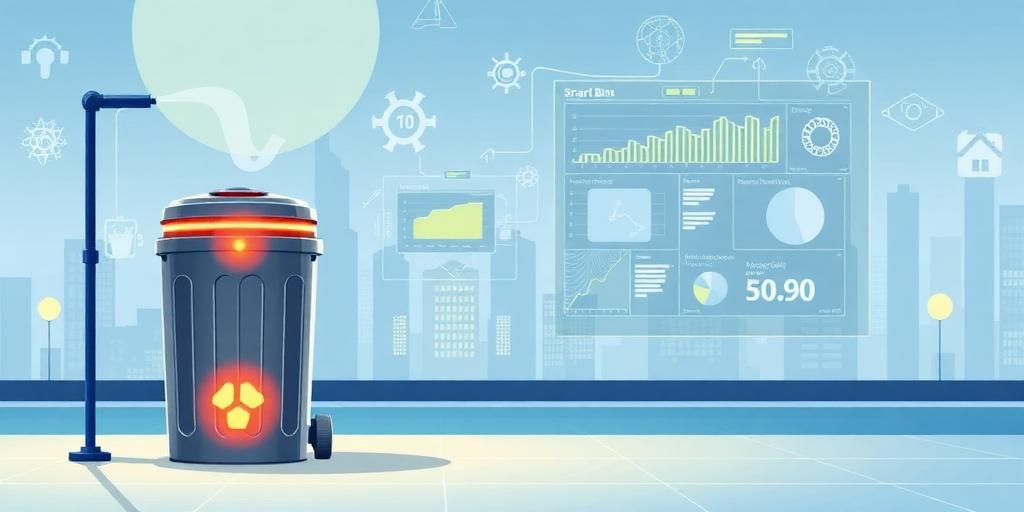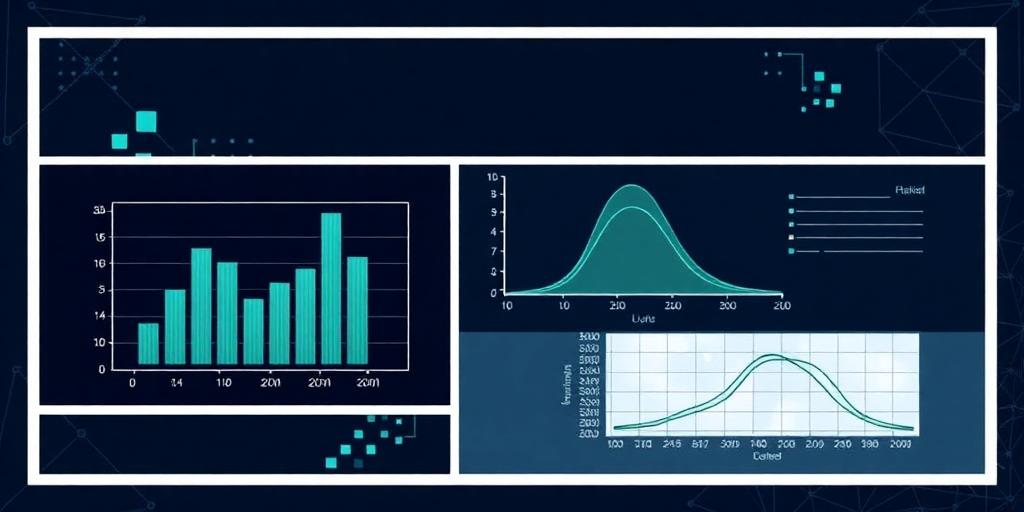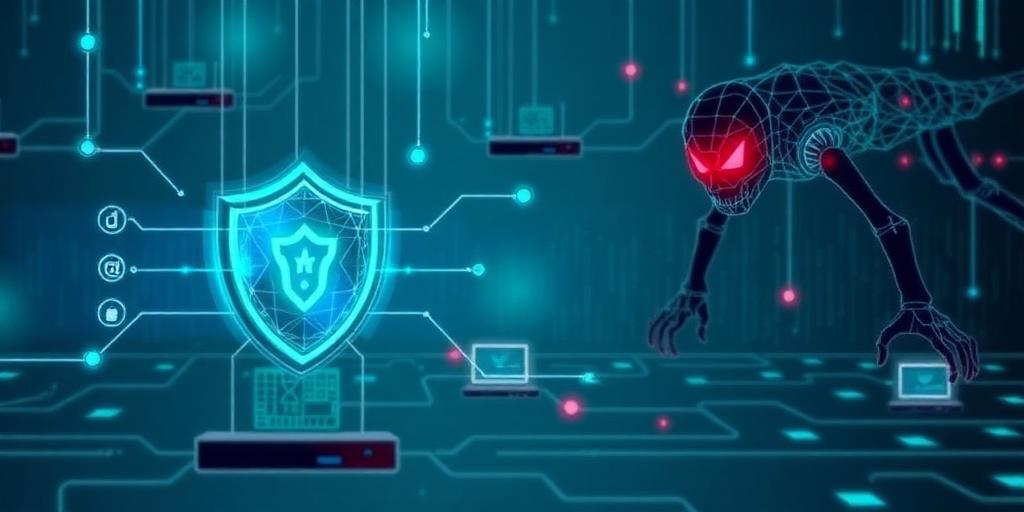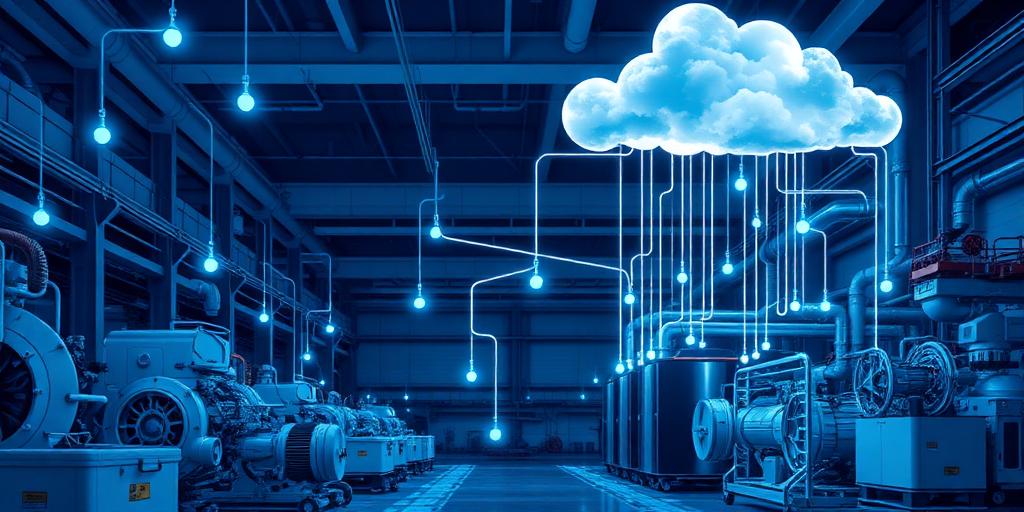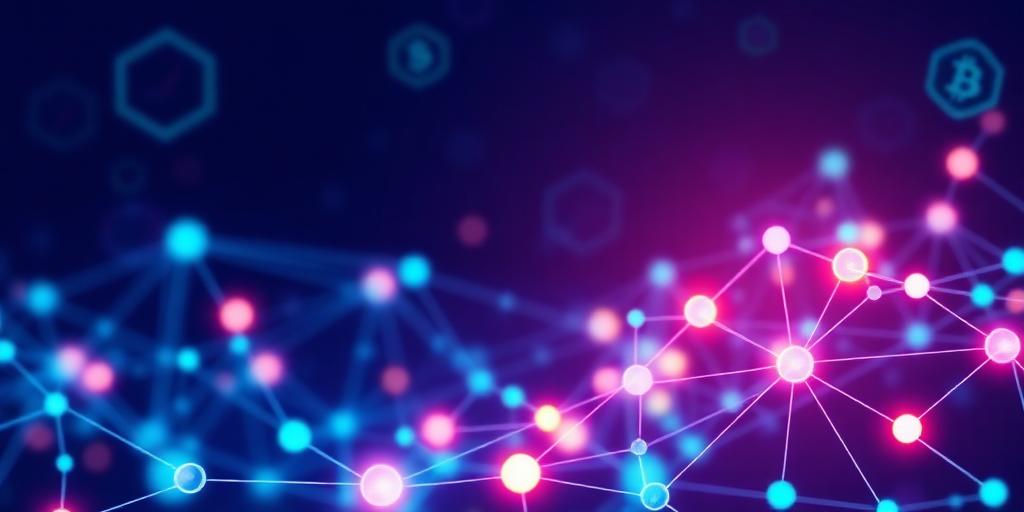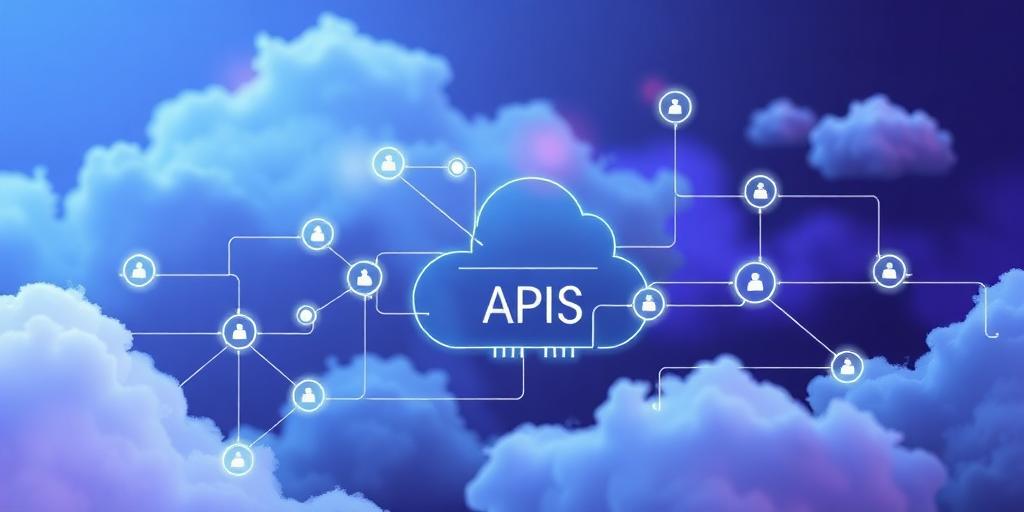The burgeoning field of the Internet of Things (IoT) is poised to revolutionize numerous sectors, and waste management is no exception. This technology, which connects physical objects embedded with sensors, software, and other technologies to exchange data over the internet, offers unprecedented capabilities for optimizing waste collection, processing, and recycling. The integration of IoT solutions is transforming traditional waste management into smart, efficient, and sustainable systems.
Optimizing Collection with Smart Bins
One of the most immediate and impactful applications of IoT in waste management is the deployment of smart bins. These containers are equipped with ultrasonic sensors that monitor fill levels in real-time. Instead of following fixed, often inefficient collection schedules, waste management operators can now receive alerts when bins are full or nearing capacity. This data enables dynamic route optimization, significantly reducing fuel consumption, operational costs, and carbon emissions. Municipalities and private waste collection companies can leverage this real-time waste monitoring IoT to deploy resources precisely where and when they are needed, enhancing overall efficiency and responsiveness.
Data-Driven Insights for Strategic Planning
Beyond collection logistics, IoT devices provide a wealth of data that is invaluable for strategic waste management planning. Sensors can collect information not only on fill levels but also on waste composition, temperature, and even the frequency of disposal. This continuous data stream, when analyzed, reveals critical patterns in waste generation across different urban areas or commercial zones. Understanding these patterns allows authorities to implement more effective waste reduction strategies, improve resource allocation, and forecast future waste management needs accurately. This data-driven approach is fundamental to developing sustainable waste management IoT frameworks.
Enhancing Recycling and Resource Recovery
The impact of IoT extends to improving recycling rates and promoting a circular economy. Smart sorting systems, often powered by AI and connected via IoT, can identify and separate recyclable materials with greater precision and speed than traditional methods. Furthermore, IoT sensors can be integrated into material recovery facilities (MRFs) to monitor machinery performance, detect potential bottlenecks, and ensure optimal operation. This advanced technological integration minimizes contamination and maximizes the recovery of valuable resources, thereby increasing the economic viability of recycling initiatives. The adoption of IoT solutions for waste collection and processing streamlines operations, leading to better material quality and higher recovery rates.
Environmental and Economic Advantages
The benefits of integrating IoT into waste management are multifaceted. Environmentally, it leads to a substantial reduction in landfill waste, lower greenhouse gas emissions from fewer collection trips, and a more efficient use of natural resources through enhanced recycling. Economically, municipalities and businesses experience significant cost savings due to optimized routes, reduced labor hours, and prolonged asset lifespan. Furthermore, improved public hygiene and reduced odors in urban areas contribute to a higher quality of life for residents. The implementation of smart waste management systems represents a forward-thinking approach to urban sustainability.
Conclusion
The Internet of Things is not merely an incremental improvement but a transformative force within waste management. By providing real-time data, enabling intelligent automation, and fostering data-driven decision-making, IoT solutions are creating more efficient, cost-effective, and environmentally responsible waste systems. As urban populations continue to grow, the strategic adoption of IoT will be paramount in addressing the complex challenges of waste generation and ensuring a cleaner, more sustainable future for all.

